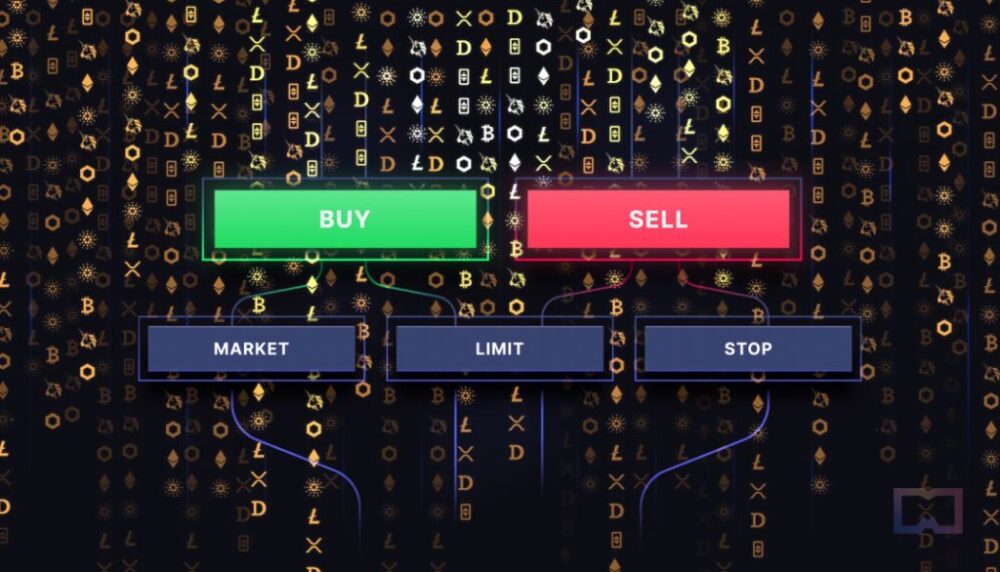
In the past ten years, the landscape of cryptocurrency has experienced a profound metamorphosis, firmly establishing itself as a significant contender in the global financial arena. At the core of this revolution lies the art of crypto trading, an intricate fusion of investment, speculation and state-of-the-art technology.
As the cryptocurrency market undergoes continuous growth and evolution, a rising tide of individuals is contemplating their initiation into the realm of crypto trading for those who want to invest in promising crypto presales securely.
Cryptocurrency Fundamentals
Before immersing oneself in the nuances of crypto trading, it becomes paramount to lay a robust groundwork in comprehending the bedrock concept: cryptocurrency. Cryptocurrency epitomizes a digital or virtual manifestation of currency, harnessing cryptographic methods to safeguard its integrity. This form of currency operates through a decentralized ledger, often recognized as blockchain, a revolutionary technology that meticulously registers all transactions and upholds the pillars of transparency and integrity.
Distinguished cryptocurrencies such as Bitcoin (BTC), Ethereum (ETH) and Ripple (XRP) each harbor distinctive characteristics and functionalities that earmark them for an array of diverse applications and purposes.
Essential Concepts in Crypto Trading

- Trading Pairs and Symbols: Cryptocurrencies are exchanged in pairs, such as BTC/USD or ETH/BTC. The initial currency in the pair is designated as the base currency, with the second being the quote currency. Trades are executed based on the exchange rate between these two currencies.
- Market Orders vs. Limit Orders: Market orders lead to immediate execution at the prevailing market price, whereas limit orders enable traders to stipulate the price at which they intend to buy or sell. The latter offers more control but may not execute if the specified price is not met.
- Candlestick Charts: These visual representations display price data in the form of candlesticks, conveying information about price movements over time. Traders frequently employ candlestick patterns to analyze market trends.
- Volatility: The crypto market is renowned for its high volatility, characterized by rapid and substantial price fluctuations. This volatility presents both opportunities and risks for traders.
- Risk Management: Effective risk management is fundamental in crypto trading. Traders should employ stop-loss orders to curtail potential losses and diversify their portfolios to mitigate overall risk.
Embarking on the Crypto Trading Journey
Commencing the journey into crypto trading necessitates a comprehensive grasp of the market. This entails a thorough exploration of the technology underpinning cryptocurrencies, a deep dive into the factors influencing price dynamics and a thorough understanding of varied trading strategies.
Selection of a Reputable Exchange and Account Creation
The choice of a reputable cryptocurrency exchange is the starting point for your endeavors. This exchange should provide a broad spectrum of cryptocurrencies and offer a user-friendly interface. Establishing an account on the selected exchange is the next step, accompanied by completing any requisite verification processes. Typically, this involves submitting identification documents to comply with Know Your Customer (KYC) regulations.
Asset Security and Construct a Trading Plan With a Gradual Start

Security is paramount in crypto trading. Robust security measures, including two-factor authentication, the utilization of cold storage for assets and reliance on established wallets, are essential. Beginning with a modest initial investment allows you to acquire experience and familiarity with the market. As your confidence grows, you can incrementally expand your capital.
The development of a well-defined strategy is indispensable. It should encompass your trading goals, risk tolerance and chosen strategies. Adhering to this plan helps avoid impulsive decisions.
Exploration of Diverse Strategies
- Day Trading: Day traders engage in rapid buying and selling of cryptocurrencies within the same day, aiming to capitalize on short-term price movements. This strategy necessitates vigilant market monitoring.
- Swing Trading: Swing traders endeavor to profit from medium-term price fluctuations by retaining positions for several days or weeks. Success in this strategy hinges on the analysis of market trends and patterns.
- Hodling: The “hodling” strategy involves the acquisition of cryptocurrencies to retain them for the long term. Hodlers are ardent believers in the long-term potential of their investments.
- Arbitrage: Arbitrage traders exploit price disparities between distinct exchanges. They purchase low on one platform and sell high on another, generating profit from price differentials.
- Algorithmic Trading: Algorithmic trading entails the use of automated trading bots for order execution based on predefined algorithms. This approach permits traders to seize market opportunities around the clock.
Risks and Challenges
Despite the allure of the crypto market, it is not devoid of challenges and risks. The market’s notable volatility and rapid price swings present potential perils for traders. Substantial financial losses and the threat of fraudulent activities and security breaches on select exchanges are pertinent concerns. Additionally, the regulatory environment for cryptocurrencies varies by country and is often difficult to navigate.

Conclusion
Crypto trading represents a dynamic and potentially lucrative pursuit for those who dedicate the time and effort to comprehend the market intricacies and formulate effective strategies. The journey into crypto trading commences with education, wherein one seeks to acquire a profound understanding of cryptocurrencies and trading methodologies.
Armed with this knowledge, the selection of a reputable exchange, the fortification of security measures and the formulation of a sound strategy are pivotal components of a successful foray.








